Perfume layering is an advanced fragrance technique that enhances scent longevity, depth, and uniqueness. By combining different perfumes, body products, and essential oils, one can create a personalized aroma that is both captivating and long-lasting. Mastering the art of perfume layering requires knowledge of fragrance families, compatibility, and application techniques. Here’s a detailed guide on how to perfect your scent layering strategy.
Understanding Fragrance Families
To achieve a harmonious blend, it is essential to understand fragrance families. Each scent falls into a particular category, and some blend better than others.
- Floral – Rose, jasmine, lily, and peony. Best paired with fruity or woody notes.
- Citrus – Bergamot, lemon, orange, and grapefruit. Enhances fresh and aquatic scents.
- Woody – Sandalwood, cedarwood, and vetiver. Works well with spicy and oriental notes.
- Oriental – Vanilla, amber, musk, and spice. Pairs beautifully with gourmand and woody fragrances.
- Fruity – Apple, berry, and peach. Complements floral and gourmand scents.
- Gourmand – Chocolate, caramel, and honey. Matches well with warm and sweet notes.
Steps to Perfect Perfume Layering
1. Start with a Neutral Base
Before applying perfume, it is essential to start with a neutral base. Use an unscented or lightly scented body lotion to help retain the fragrance and allow it to last longer.
2. Apply Products in the Right Order
The order of application plays a significant role in fragrance layering. Follow this sequence for optimal results:
- Body wash or soap – Choose a mild, complementary scent.
- Body lotion or oil – Hydrated skin holds fragrance better.
- Perfume or body mist – Apply the lightest fragrance first and build up to stronger notes.
- Solid perfume or scented powder – Locks in fragrance for extended wear.
3. Mix Complementary Scents
Pairing complementary scents ensures balance and enhances depth. Here are some classic combinations:
- Vanilla + Musk + Sandalwood – A warm and sensual blend.
- Rose + Peony + Bergamot – A romantic floral bouquet.
- Citrus + Aquatic + Green Tea – A fresh and invigorating mix.
- Amber + Oud + Leather – A bold and mysterious scent.
4. Use Strategic Application Points
Applying perfume to pulse points ensures maximum projection and longevity. Key areas include:
- Wrists – Promotes subtle diffusion throughout the day.
- Neck and collarbone – Enhances intimacy and closeness.
- Behind ears – Creates a lingering effect.
- Inner elbows – Helps maintain scent strength.
- Behind knees – Allows fragrance to rise gradually.
5. Experiment with Different Textures
Using multiple fragrance formats helps boost scent longevity. Layering different forms of perfume enhances the olfactory experience. Consider combining:
- Perfume oils – Provide intense and long-lasting scents.
- Eau de Toilette (EDT) and Eau de Parfum (EDP) – Pairing a lighter EDT with a stronger EDP adds complexity.
- Scented body creams – Reinforce and extend the fragrance trail.
Common Mistakes to Avoid
1. Mixing Clashing Notes
Not all scents blend well. Avoid combining overpowering fragrances that compete rather than complement each other. Testing fragrances on blotting paper before application helps prevent clashes.
2. Overapplying Perfume
Layering does not mean drenching yourself in fragrance. Start with small amounts and build gradually to avoid an overwhelming scent.
3. Ignoring Skin Chemistry
Every individual’s skin chemistry affects how fragrances develop. Test combinations on your skin before committing to a particular blend.
4. Relying Only on One Brand
Exploring fragrances from different brands increases layering options. Some niche brands offer single-note perfumes ideal for blending.
Top Perfume Layering Combinations
For those unsure where to start, here are a few tried-and-tested layering combinations:
- Coconut & Vanilla – A tropical, creamy delight.
- Lavender & Amber – A soothing, warm scent.
- Citrus & Jasmine – A refreshing yet elegant combination.
- Pepper & Oud – A spicy, woody masterpiece.
- Bergamot & Musk – A fresh yet sensual fusion.
Perfume layering is an exquisite way to customize your scent and enhance its longevity. By understanding fragrance families, applying scents strategically, and avoiding common mistakes, you can create a signature aroma that is truly unique. Whether you prefer subtle, floral blends or bold, exotic mixes, mastering this technique will elevate your fragrance game to the next level.

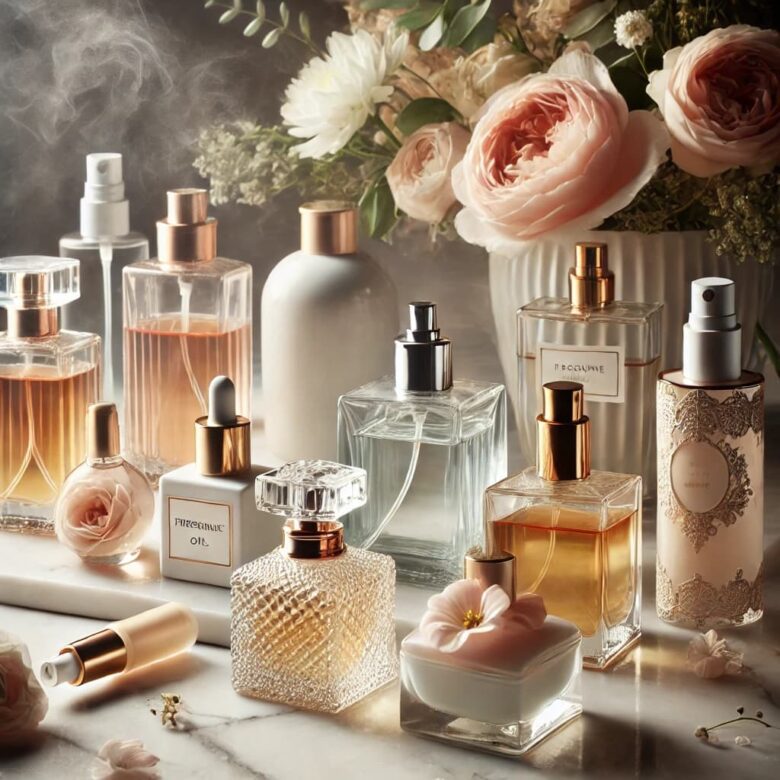
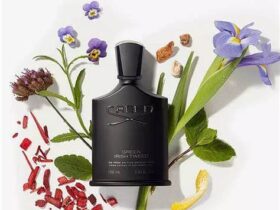

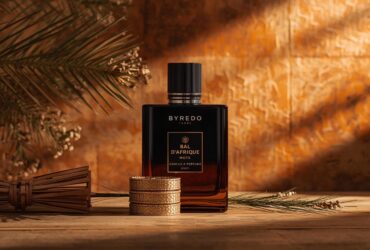

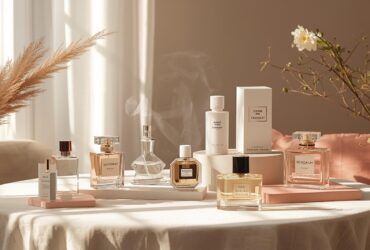
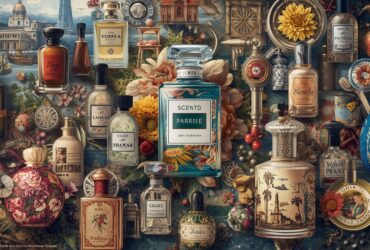

Leave a Reply